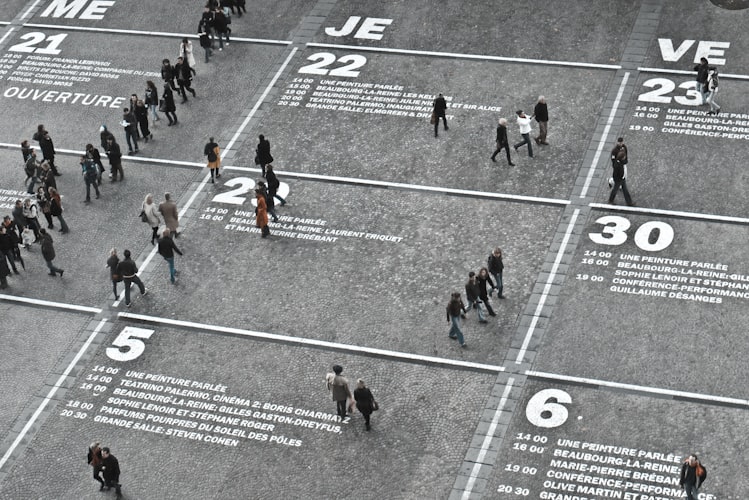Traveling is easier than ever before, with endless resources available at our fingertips to research, plan, and share trips. This also means the travel industry is getting more competitive, with a new boom of travel apps vying for the traveler’s attention. Amongst it all, destination marketers and tourism boards trying to stay afloat in the digital noise.
To stay ahead of the crowd, we are seeing more travel brands leveraging geofencing solutions to power location-based marketing. Geofencing is proving to be a powerful tool for brands hoping to deliver an amazing customer experience to users. The ability of geofencing to achieve high conversion and engagement rates has not gone unnoticed. In fact, the global geofencing market size is expected to grow over 27% by 2022.
Using location technology and geofencing, product and growth teams in the travel space have new possibilities to engage with users, inspire travelers, increase online traffic, and drive retention and conversions. In this article, we’ll look at the ways travel marketers and app developers can incorporate geofencing technology into their apps to propel their brand into the digital age of travel.
Should travel brands use geofencing?
The short answer is yes! With 72% of smartphone use occurring during travel, there is a huge opportunity here to capture travelers’ attention whether you are a hotel, a tourism board, or a travel resource app. Geofencing technology will give product and growth teams the tools to perform hyper-targeted, highly localized activities to deliver personalized experiences and drive results.
How can travel brands use geofencing?
There are three specific ways travel apps can take advantage of geofencing to power location-based marketing and improve the user experience:1. Push notifications at the right place, right time
Custom geofences will allow travel apps to define specific locations or regions where they wish to target their audience. Depending on a particular user’s location relative to the geofence, specific push notifications can be triggered. This will allow for highly-personalized and targeted push notifications at just the right moment and place.2. Changing the in-app experience
Depending on whether a user is inside or outside of a custom geofence, the app can trigger different in-app experiences for even more personalized use cases. Imagine when you show up at the airport, pull up your airline app, and the boarding pass is already on the first page! This adds value to your users and converts them into loyal fans.3. Understanding location data
By leveraging data and traveler insights gained from geofencing, product and growth leaders can have a better understanding of traveler patterns when they are at home and away. With this information, there is an opportunity to craft compelling content and marketing campaigns that will engage current and prospective travelers.
Given all the resources out there, travelers today have higher expectations than ever before. The travel industry is responding to these demands by building engaging, hyper-personalized digital experiences that excite travelers, provide them with pertinent information at the right time, and give them an overall more enjoyable trip. Location context technology is the next step in elevating these marketing efforts for all sectors of the travel industry.
Watch This Video To Know More About Geo Fencing.
This article is contributed by Radar, the location context platform helping product and growth leaders build amazing app experiences using real-world context.







